I Tested Game Emulators On The Samsung Galaxy S25 Ultra, But Found A Better Option Instead
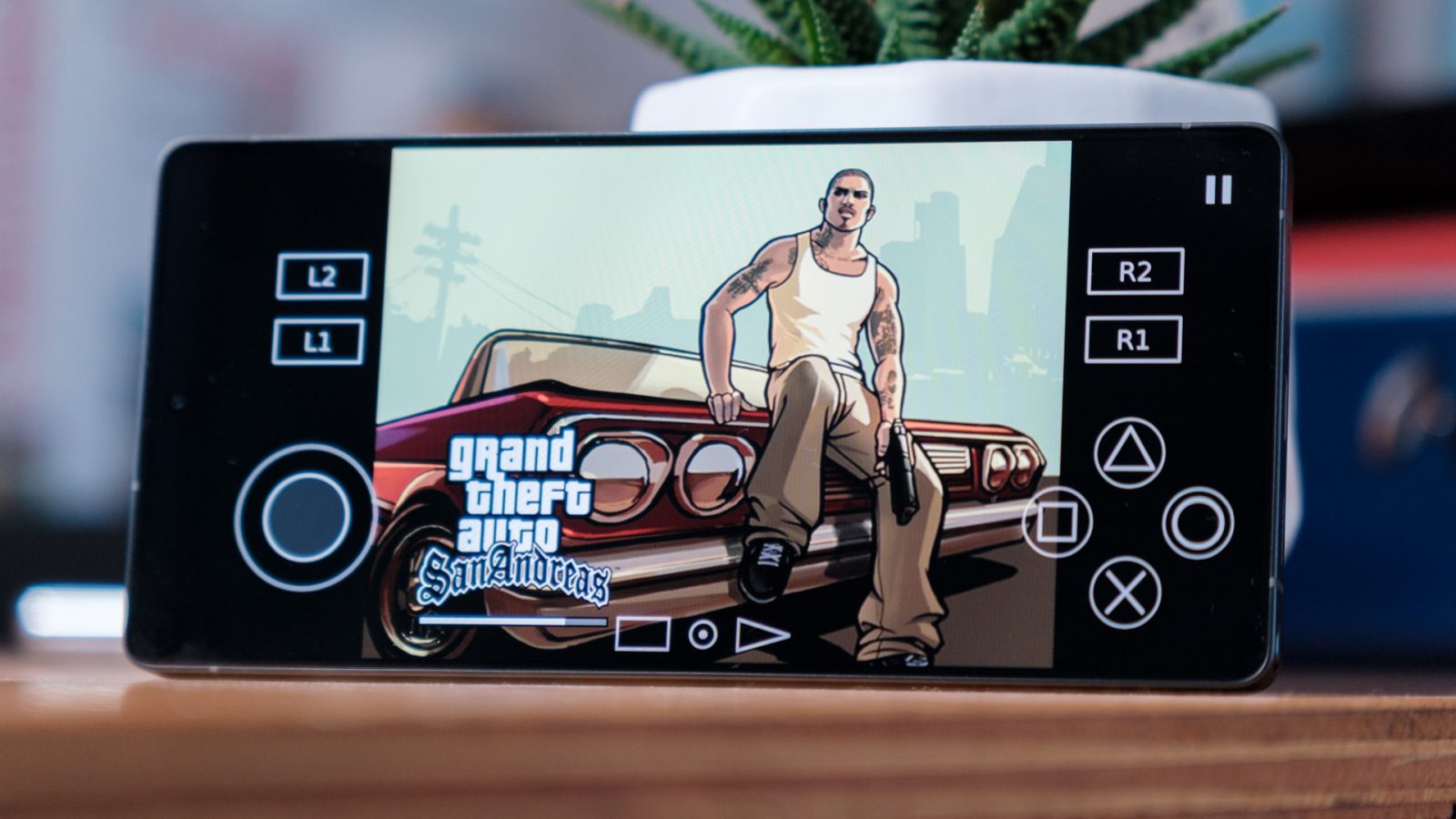
Contents

Robert Triggs / Android Authority
While today’s flagship chipsets pack more power than you’ll need for browsing the web and checking socials, gaming and particularly emulating old titles continue to push these high-performing platforms to their thermal and sometimes even performance limits. At least, that’s what I found while running some of my old favorites on my new Samsung Galaxy S25 Ultra, but it’s certainly not the only option for emulator lovers.
To test, I’m using the Samsung Galaxy S25 Ultra (powered by the Snapdragon 8 Elite for Galaxy) and the OPPO Find X8 Pro (with the MediaTek Dimensity 9400). I’ve left the phones in their out-of-the-box configurations, with no attempt to iron out any performance issues via their respective game optimization features. If it’s good enough for Joe public, it’s good enough for our tests.
As for the emulators, we’ll bypass the low-end SNES, N64, and the like, which will run on much lower-end hardware. Today, I want to see if we can tackle more demanding PlayStation 2 and Wii titles. As much as I’d love to see how PlayStation 3 emulation performs, it’s still in the early days of development.
Playstation 2 emulation performance

Robert Triggs / Android Authority
Before even getting into the games, virtually all modern emulators have graphics settings to configure — the most important being the graphics rendering API. OpenGL is the default on many emulators, but it’s a bit long in the tooth these days, whereas Vulkan is the future of Android gaming. As you’ll see in a moment, modern mobile GPUs see a decent performance boost from the Vulkan API, so we’ll be using that as our default wherever possible.
While we’re here, we also want to use the full power of these high-end GPUs to make the games look their best, so I opted for the 4x native resolution setting in NetherSX2 to render more pixels for a smoother image. For our games, I grabbed the beloved GTA: San Andreas and Need for Speed – Most Wanted and played five minutes of the same section across both handsets.
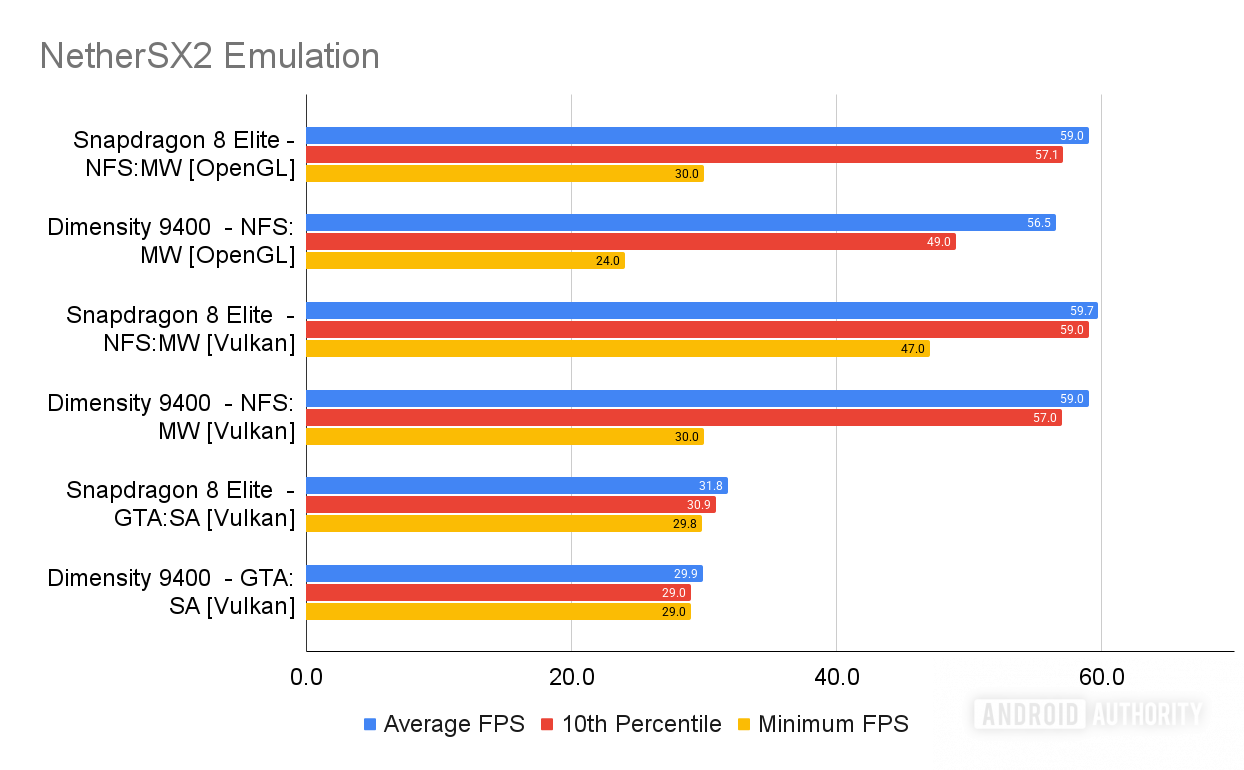
Robert Triggs / Android Authority
As you can see, both chipsets do a solid job here, locking tightly to the 30fps cap of GTA and averaging close to the much more demanding 60fps in Need for Speed. The Snapdragon 8 Elite is definitely the better performer with OpenGL; it sees far superior average frames but still suffers from the occasional drop, just not as regularly as the Dimensity 9400.
The 8 Elite handles OpenGL and Vulkan at a near constant 60fps.
Moving to Vulkan improves the average and minimum frame results for both chips, and brings MediaTek’s flagship much closer to the performance of the 8 Elite. The Arm’s Immortalis G925 clearly plays nicer with the newer API. However, the graph below shows that the occasional performance drops still remain more noticeable, even when using Vulkan.
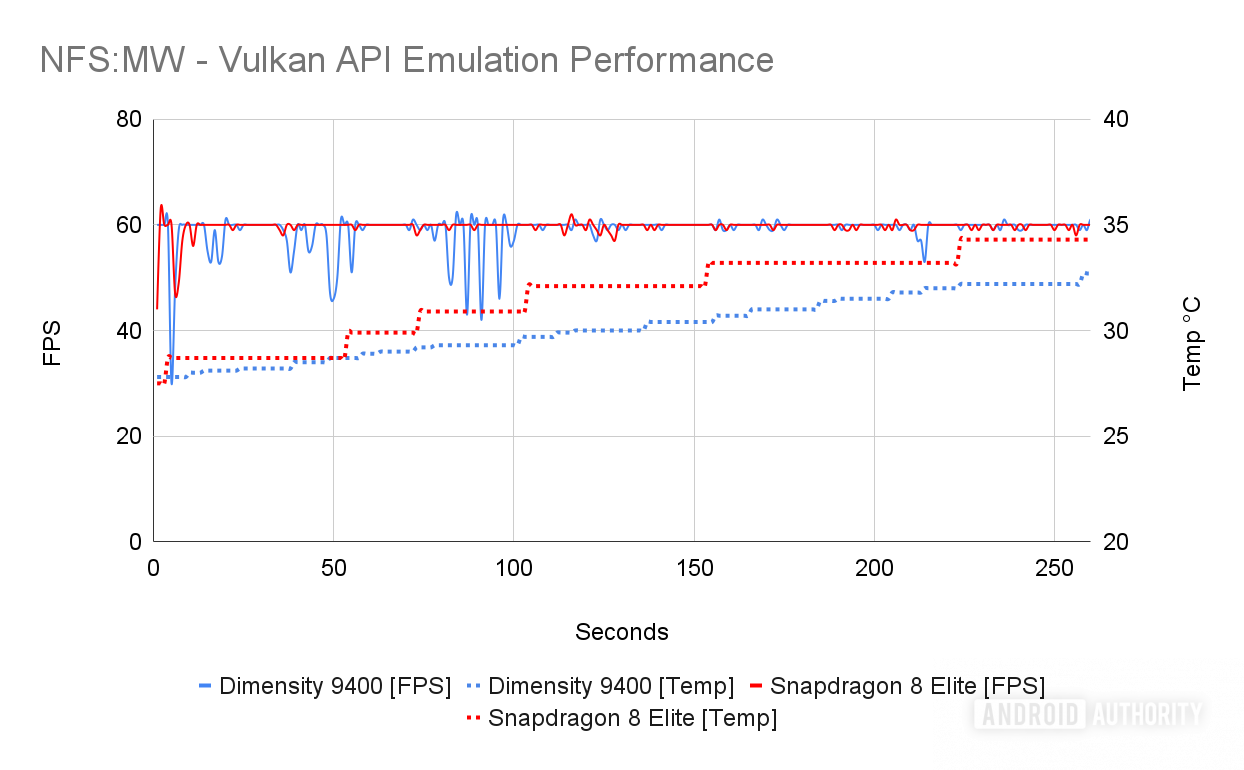
Robert Triggs / Android Authority
While the Snapdragon 8 Elite certainly has the lead in raw performance, the chip’s high-temperature issues rear their head again when stressing the GPU. Qualcomm’s flagship is quicker to warm up (even when on menus) and ended our five-minute play session 2.6°C hotter than the MediaTek chip. That doesn’t sound like a huge temperature variation, but it’s enough to make the Galaxy S25 Ultra feel noticeably warmer, and these phones certainly hadn’t peaked in just five minutes
I left both to run for 25 minutes from idle, during which time internal temperatures reached an even hotter 34.2°C for the OPPO and 38.5°C for the Galaxy. So, I decided to record another five-minutes of frames to see if this additional heat resulted in any noticeable performance throttling.
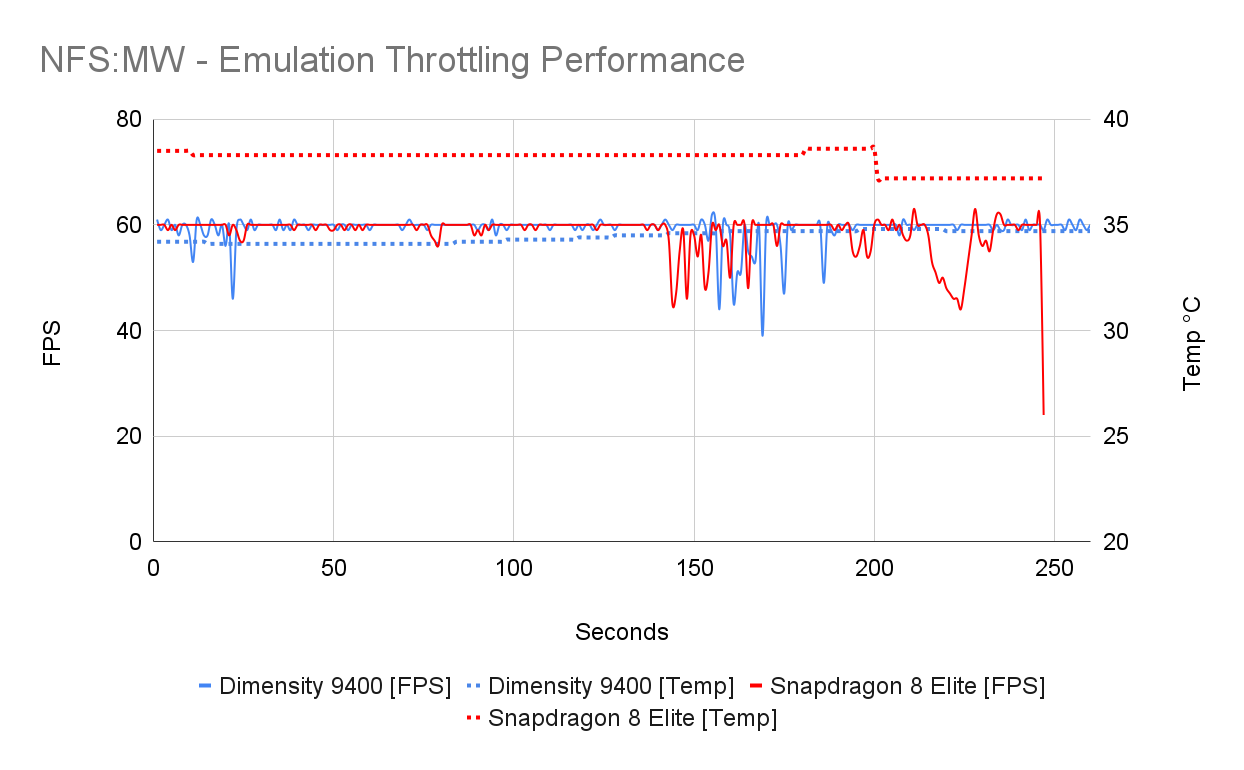
Robert Triggs / Android Authority
The Dimensity 9400 seems to perform about the same as it did in our lower temperature test; showcasing occasional dips in performance but otherwise locking very closely to 60fps. The chip’s cooler temperatures also resulted in a solid performance in our stress tests, confirming that the chip doesn’t give up under pressure.
The same can’t be said for the Snapdragon 8 Elite. While it initially holds up well under these higher temperatures, we can see throttling kick in for the last two minutes of this test. Frame rates gradually become more unstable, and eventually, there’s a clear downclock as device temperatures begin to fall again, but this coincides with the biggest drop in performance we’ve seen from either device. Performance above 45fps is still very playable, but the jank definitely became more noticeable on the 8 Elite once the temperatures had ramped up. While their overall performance ends up pretty similar, I think the Dimensity 9400 takes the win here for putting up roughly equal or better performance and maintaining a lower temperature.
When it comes to long gaming sessions, Dimensity runs cooler to close the gap on Snapdragon.
Thankfully, the Galaxy S25 Ultra doesn’t become too hot to hold, but the problem is that Samsung has placed the chip along the left-most edge of the phone, almost right where your fingers and palm rest while holding the phone in landscape mode for gaming. OPPO tucks its chip a little more out of reach just below the camera housing, resulting in more even temperature distribution even when the phone eventually warms up. This makes the Galaxy’s extra heat more noticeable, a considerable drawback given that performance is pretty close between the two after prolonged play.
Obviously, cooling will make a big difference here, and some Snapdragon handsets may perform better or worse in this regard. In any case, this is yet more proof that the 8 Elite’s extra performance comes at the expense of additional heat and less-than-ideal sustained performance.
Dolphin emulation performance
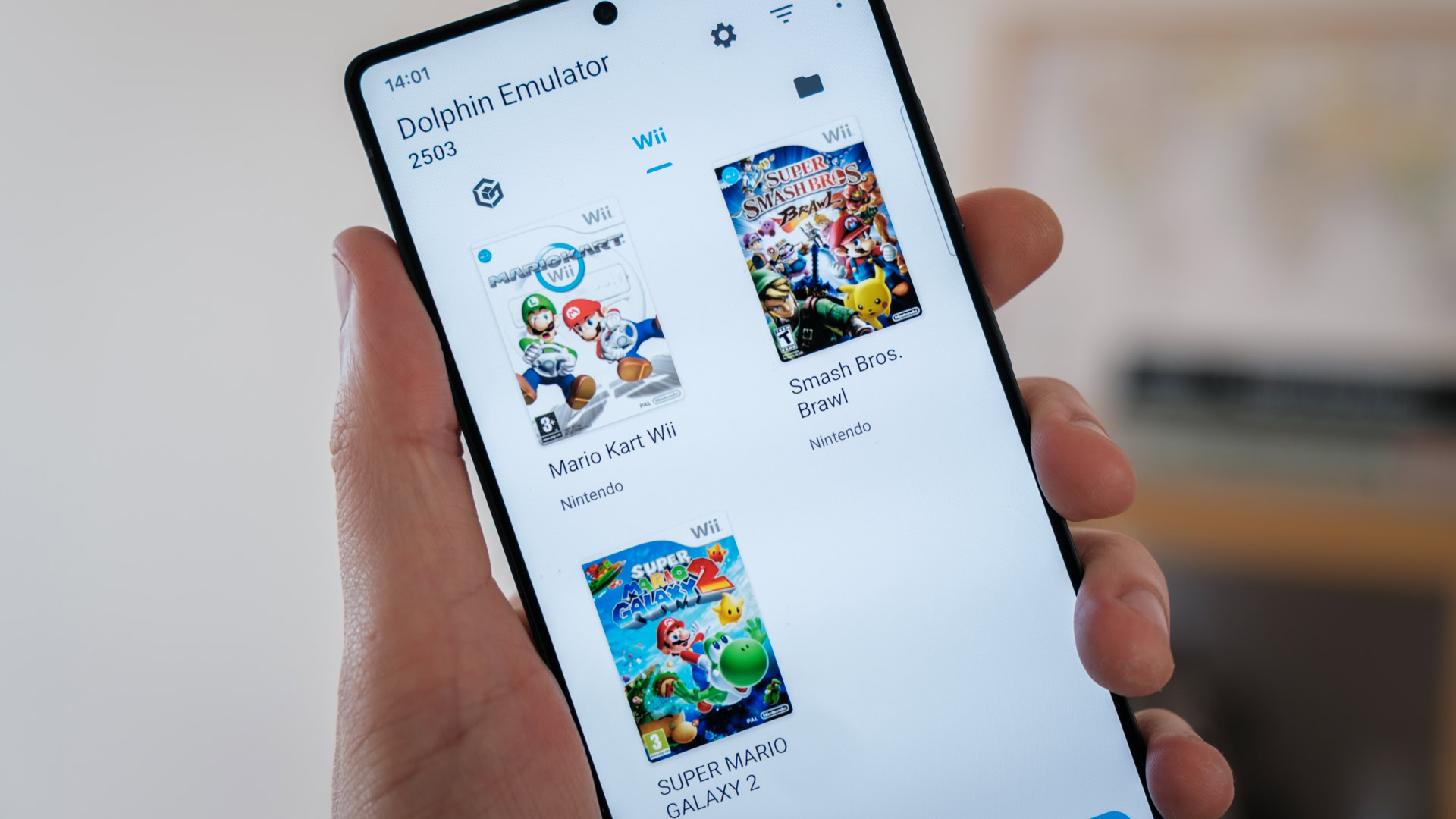
Robert Triggs / Android Authority
NetherSX2 has already given us plenty of insight into how the two chips perform, but to confirm our results, I booted up the popular Dolphin emulator. For this test, I grabbed Mario Kart and Super Smash Bros on the Wii, made sure we were using the Vulkan API, and cranked up the graphics to output 1080p (3x native) with 2x AA enabled to smooth out those jagged edges.
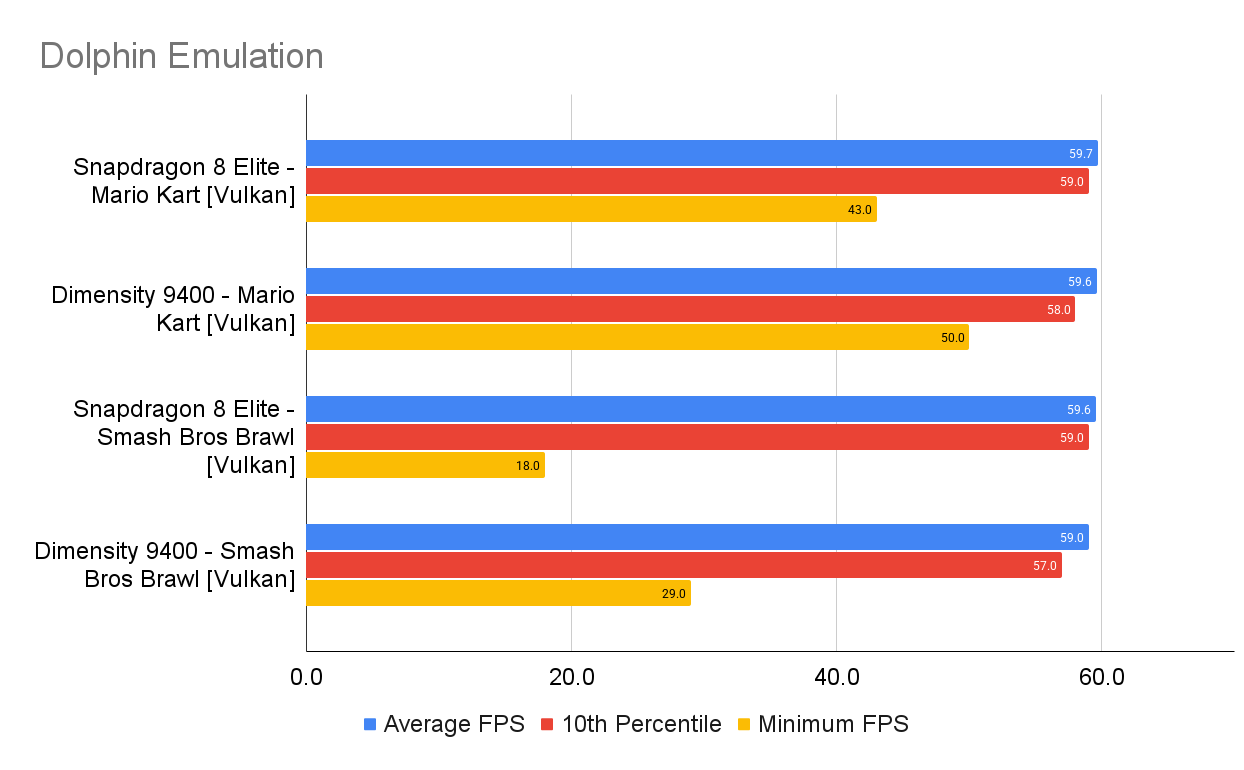
Robert Triggs / Android Authority
Dolphin seems to run really well on both of these chipsets, locking robustly to 60fps on both phones. Interestingly, the Snapdragon 8 Elite sees a few more dips in Mario Kart than the Dimensity 9400, but both of them spend the vast majority of their time handing in close to 60fps at these settings.
Smash Bros Brawl is an interesting one because both phones saw some slowdown. Although the Snapdragon 8 Elite looks worse, it only bliped on the between-match screen transitions and was otherwise locked to virtually 60fps for every round. The Dimenstiy 9400 saw some slightly more erratic frames, often dipping into the high 50s but with fewer major dips on the menu transitions. Just like we saw with PS2 emulation, the 8 Elite hands in marginally better 10th percentile frames, showing that it’s locked that bit tighter to a rock solid 60fps, while the Dimensity 9400 wavers a little more frequently despite solid average frames.
If you love Nintendo, both chips handle emulation without issue.
In any case, Dolphin seemed like a slightly lighter workload despite the inclusion of some antialiasing. Frame rates were generally really solid on both platforms, and less stress on the GPU is also good for temperatures. Again, after five minutes of gameplay, the Dimensity 9400 and the OPPO Find X8 Pro come out on top.
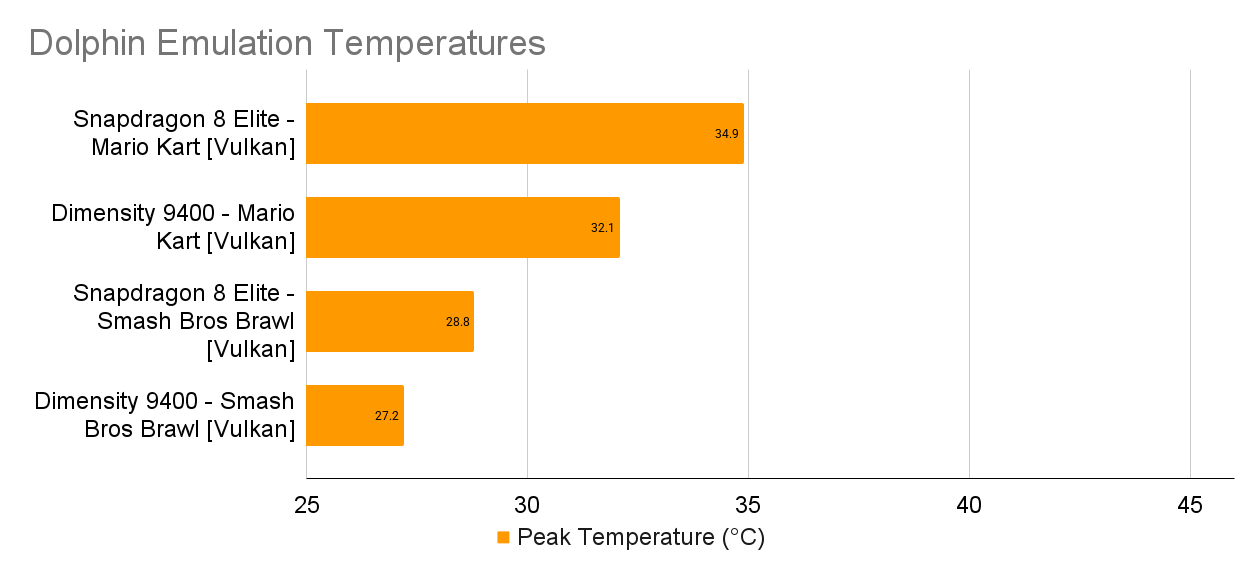
Robert Triggs / Android Authority
The slightly more demanding Mario Kart Wii sees temperatures close to our NetherSX2 results, with the Galaxy S25 Ultra sitting much closer to that 35°C mark that starts to warm up the handset’s externals. The Dimensity 9400 phone is again about 3°C cooler. However, the gap is much narrower with Smash Bros Brawl, presumably because the side-on graphics don’t place much strain on the GPU. In lighter titles, both handsets run very cool and pump out superb frames.
Which chip should you pick for emulation?

Robert Triggs / Android Authority
Between benchmarks and our real-world tests, Qualcomm’s Snapdragon 8 Elite is undisputedly the performance champ at the moment, whether in the Samsung Galaxy S25 Ultra or dedicated gaming phones like the ASUS ROG Phone 9 Pro. When it comes to running demanding emulators, it’s the chip that maintains the steadiest frame rates across the games and emulators I tested here, especially if you’re sticking with OpenGL.
However, the chip’s high benchmarking temperatures turn out to be a factor in the real world as well. 30 minutes of high-end emulation is enough to cause the Samsung Galaxy S25 Ultra to throttle back on performance, giving up the slender advantage it holds on the Dimensity 9400. We’ve spotted phones that are hotter than the S25 Ultra, so other 8 Elite-toting flagships may reduce their performance sooner and/or more drastically.
I’d pick the 8 Elite for raw performance and the D9400 for comfort.
Which chip and phone you should pick for emulation depends on how you intend to play your games. If you’re after handheld gaming to get you through that public transport commute, pick the Dimensity 9400. Its lower temperatures and superb battery life make it perhaps the better pick despite the occasional frame rate dip. Just make sure you tick the Vulkan API. It’s just unfortunate that US consumers will struggle to get their hands on the MediaTek-powered OPPO Find X8 Pro or vivo X200 Pro.
For most consumers, Snapdragon is the only pick on the market anyway. If the higher temperatures give you second thoughts, the Samsung Galaxy S25 Ultra shouldn’t put gamers off a purchase. Performance remained very playable even after 30 minutes, and sub-40°C means the phone never became too hot to handle. Plus, if you regularly play with a controller or pair your phone to your TV for big-screen gaming, you won’t even feel those slightly higher temperatures. That said, I’d be cautious of some other 8 Elite flagships that definitely aren’t as conservative as Samsung when it comes to keeping heat in check.
See price at Asus

ASUS ROG Phone 9 Pro
Overkill performance
Outstanding battery life
Fast, universal charging
What’s your reaction?
Love0
Sad0
Happy0
Sleepy0
Angry0
Dead0
Wink0
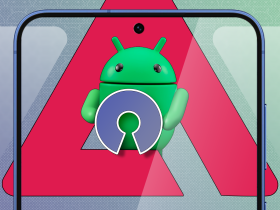
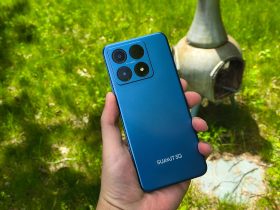
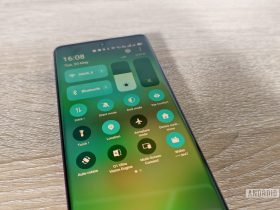
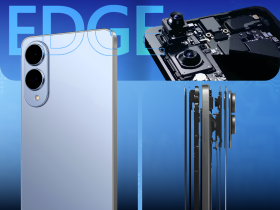


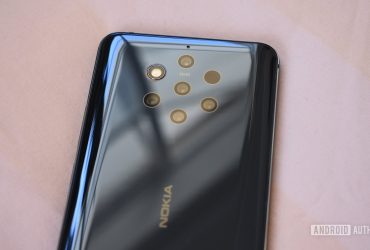
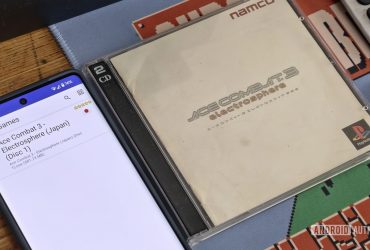
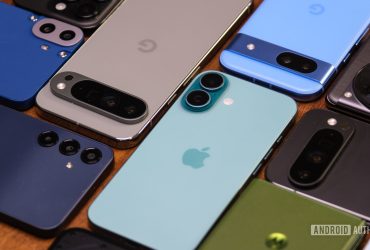
Leave a Reply
View Comments